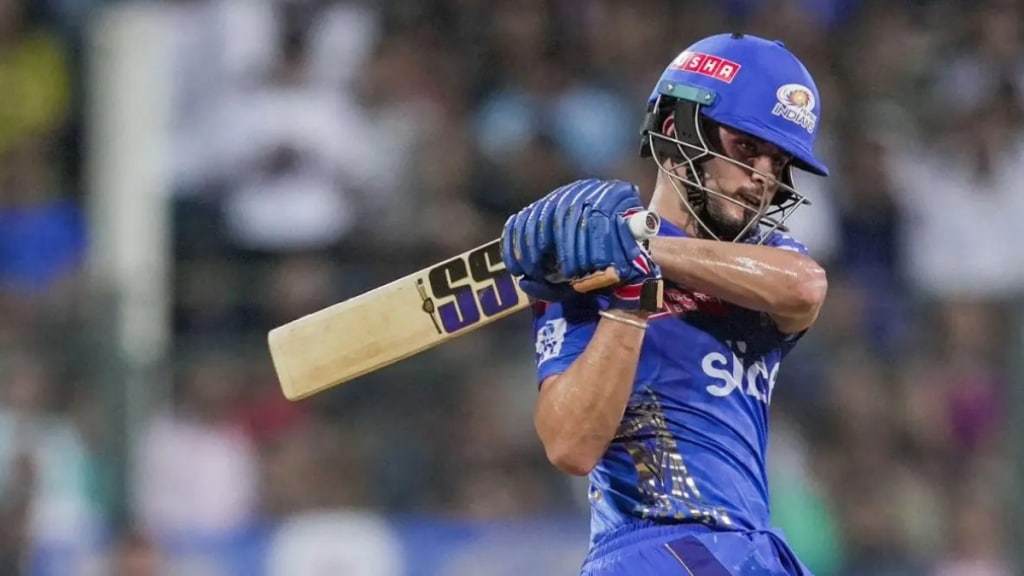One of the biggest disruptions in 2023 was JioCinema making the Indian Premier League (IPL) free for audiences in its bid to scale up its viewer base. As
one of the new entrants in the over-the-top (OTT) business, the platform had to do something extraordinary to compete with the likes of Prime Video and Disney+ Hotstar.
Let’s not forget that Viacom18, which owns JioCinema, spent a mammoth Rs 23,758 crore for the IPL digital broadcast rights for the 2023-27 period. How viable is it then for the platform to keep offering premium content like this for free?
JioCinema is likely to continue this strategy to create traction for its other offerings, says Ajimon Francis, MD India, Brand Finance. “A bulk of the revenue will continue to come from advertisers for whom they offer regional and modular pricing. In the long run, Jio aims to be the one-stop shop for content and e-commerce, which is why even Amazon is steering clear of taking the company head on,” says Francis.
Almost a decade ago, Reliance Jio disrupted the Indian telecom market by launching its mobile telephone and data services at never-before prices. Expectedly, its decision to offer IPL free shook up OTT players, Disney Star in particular. Last year’s Asia Cup and ICC Cricket World Cup were also streamed free on Disney+ Hotstar.
Providing free access to premium content is a powerful customer acquisition tool, observes Santosh N, managing partner of D & P Advisory. “This strategy not only boosts the OTT platform’s user base but also feeds into a larger ecosystem of services offered by the parent company. The increase in users on the OTT platform can lead to higher engagement and revenue in other businesses, such as telecommunications, digital services, or retail,” he says.
Advertising versus subscription revenue
The advertising revenues during IPL in 2024 are expected to be around 75 crore per match across TV and digital, which is much lower than the118 crore cost of the combined media rights, say experts. Subscription-based monetisation will thus be necessary in the long run, asserts Vibhor Gauba, associate partner at KPMG in India. “Subscriptions will see takers from the consumer side, albeit there will be a reduction in consumption as compared to when sports is free. A mix of original content at a critical volume, sports and tentpole movies offered at a price that is value for money is likely to attract subscriptions,” he explains.
However, he cautions that an uptick in subscriptions will not be rapid but rather at a steady pace.
Subscriptions allow you to predict cash flows and make investments in content accordingly, which is not the case with ad revenues, says Karan Taurani, senior vice-president at Elara Capital. “Once platforms start charging for subscriptions, there will be some transition time because consumers will have to start paying for content that was previously free,” he explains.
At its peak in 2022, Disney+Hotstar had 61.3 million subscribers. Taurani notes that it is a commendable number since it is almost one-third of India’s 200 million Pay TV subscriber base. It also indicates that with the right value proposition, Indian consumers are willing to loosen the purse-strings for subscriptions. Platforms will need to go beyond video content and offer value-added services like Amazon does with music and grocery delivery, or even differentiated content like gaming if they want to command a fee.
Annual subscription fees on OTT platforms range between Rs 499 and Rs 1,499 a year, depending on the number of devices connected and on whether they are ad-supported.
Platforms could also consider keeping content behind a paywall either through subscription or pay-per view, suggests Mukesh Kumar, associate partner, Redseer Strategy Consultants. “We are seeing several platforms now offering subscription-only content or offering the full catalogue only with subscriptions,” he says. Kumar recommends that subscribers can pay for what they consume. Multi-tier subscriptions, pay-per-view and sachet packs could expedite paid user conversions in the longer term.
Free IPL broadcast – a viable long-term plan?
In the last IPL season, Disney Star is estimated to have earned an advertising revenue on TV of Rs 3,500 crore while JioCinema is estimated to have earned around Rs 2,000 crore
Across TV and digital, this means that the ad revenue per match was around Rs 65 crore
This may increase to Rs 75-80 crore per match, but the combined media rights for each match cost Rs 118 crore, and could increase to Rs 125 crore per match with production costs
Platforms like JioCinema and others will need to turn to subscription revenues, along with advertising, to cover the media rights cost
Source: Industry estimates
